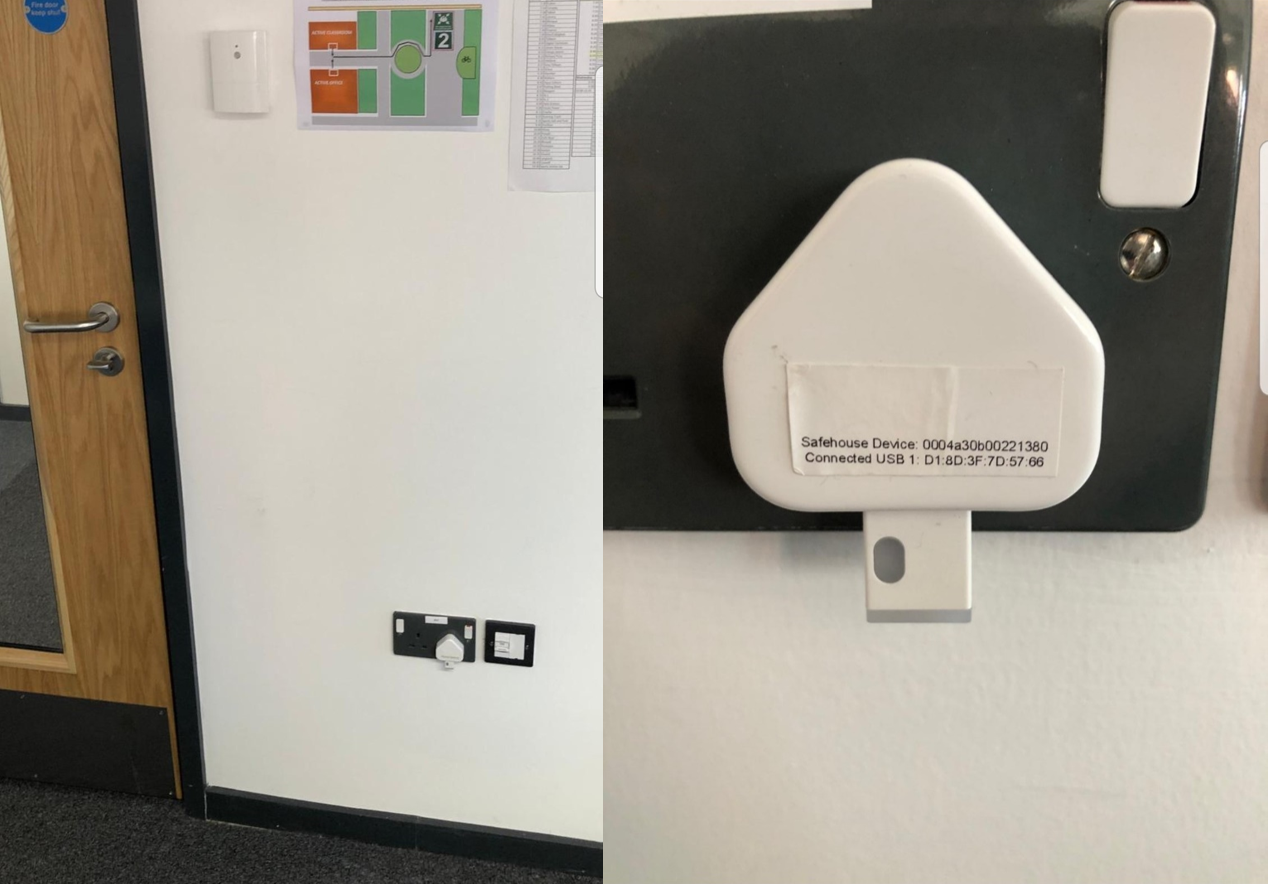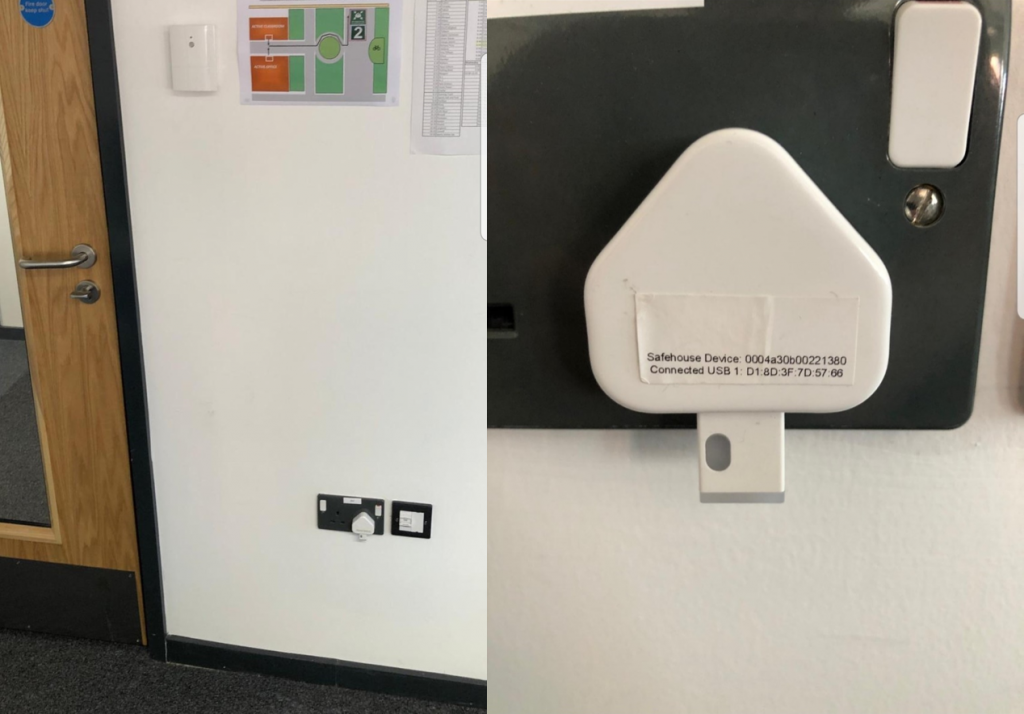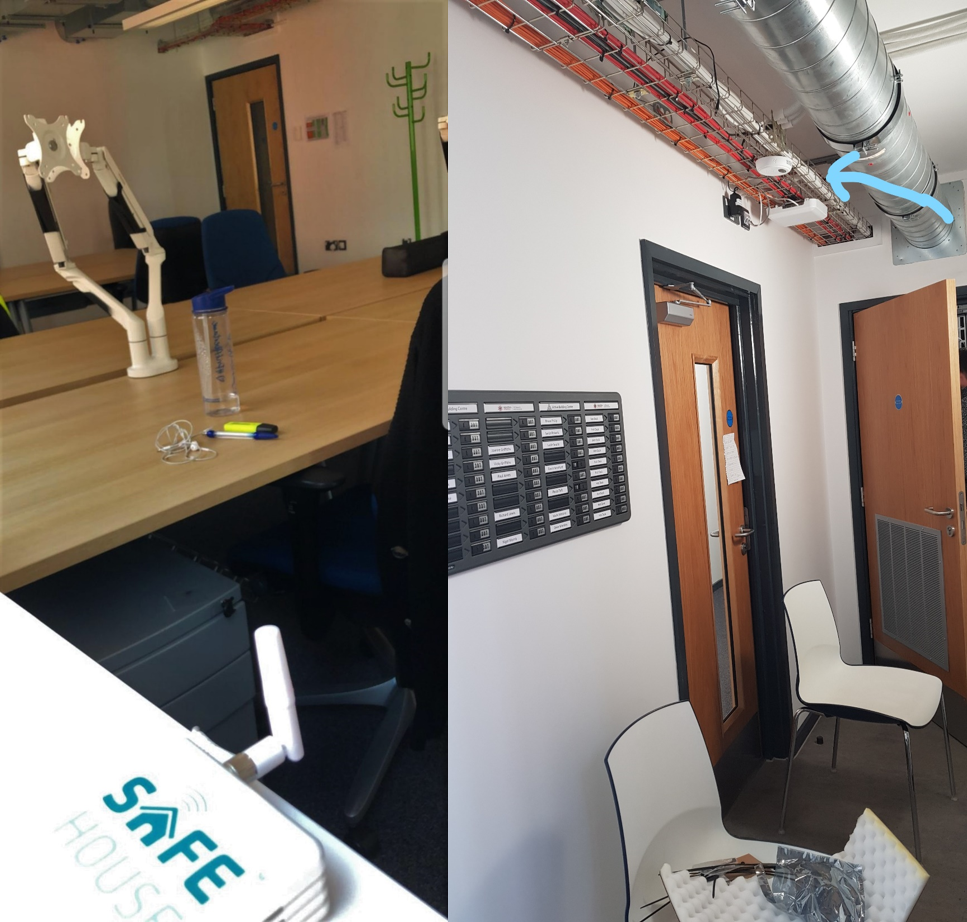
Case Study: Environmental and Occupancy Monitoring in Buildings With Safehouse Technology
Overview
SPECIFIC offers companies with innovative, low-carbon technologies valuable insight and performance data to improve their existing products or processes.
Safehouse Technology have developed and acquired sensors for monitoring environmental and occupancy data within buildings, including temperature, humidity, air pressure, light, noise, VOCs, CO2 and people counting. The use of these environmental sensors within buildings can enable the optimisation of building performance and assess the safety of living and working conditions for occupants. Monitoring the number of people leaving and entering a building as well as the density in common areas, such as hallways and stairways, can help improve the energy efficiency and safety of a building, and has become even more important now that the coronavirus pandemic has necessitated social distancing and good indoor air quality.
Over a period of 8 months, we conducted an extensive data acquisition and validation study in several residential and office buildings associated with SPECIFIC, using the LoRaWAN (Long Range Wide Area Network) and BLE (Bluetooth Low Energy) based hardware and associated software provided to us by Safehouse Technology Ltd.
Project partners: Safehouse Technology
Aims
- Monitor various essential environmental data parameters within residential buildings as well as SPECIFIC’s PMRC and Active Office buildings.
- Analyse the data in comparison with data acquired from other Safehouse sensors and other off-the-shelf environmental monitoring sensors in the same location.
- Acquire and validate people counting data within SPECIFIC’s Active Office building using occupancy sensors acquired by Safehouse Technology, and provided to SPECIFIC.
Impact
- Verification of environmental data parameters recorded by Safehouse sensors by comparison with other existing sensors deployed within SPECIFIC. The results of our study showed that the Safehouse sensors are scalable, affordable, accurate to within 0.1% of competitors’ sensors, and do not require any professional installation to record reliable data.
- Acquisition and verification of people counting data for potential application in future projects. The results of our study showed that the people counting sensors were accurate to greater than 93% when tested for a wide range of scenarios.
- Strengthened collaboration and knowledge transfer between SPECIFIC and Safehouse Technology.
- Improved market competitiveness for both SPECIFIC and Safehouse as a result of the successful study.
- Development of new collaborative R&D opportunities with Safehouse during and beyond the duration of this environmental and occupancy monitoring project.


Figure 1. Environmental and Occupancy sensors provided by Safehouse Technology installed in SPECIFIC’s Active Office building.